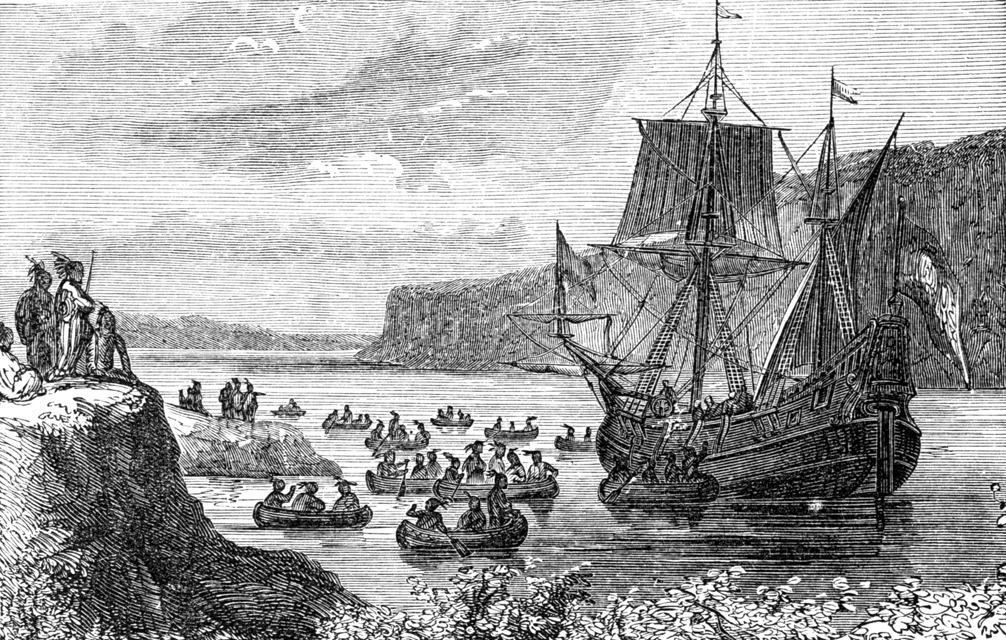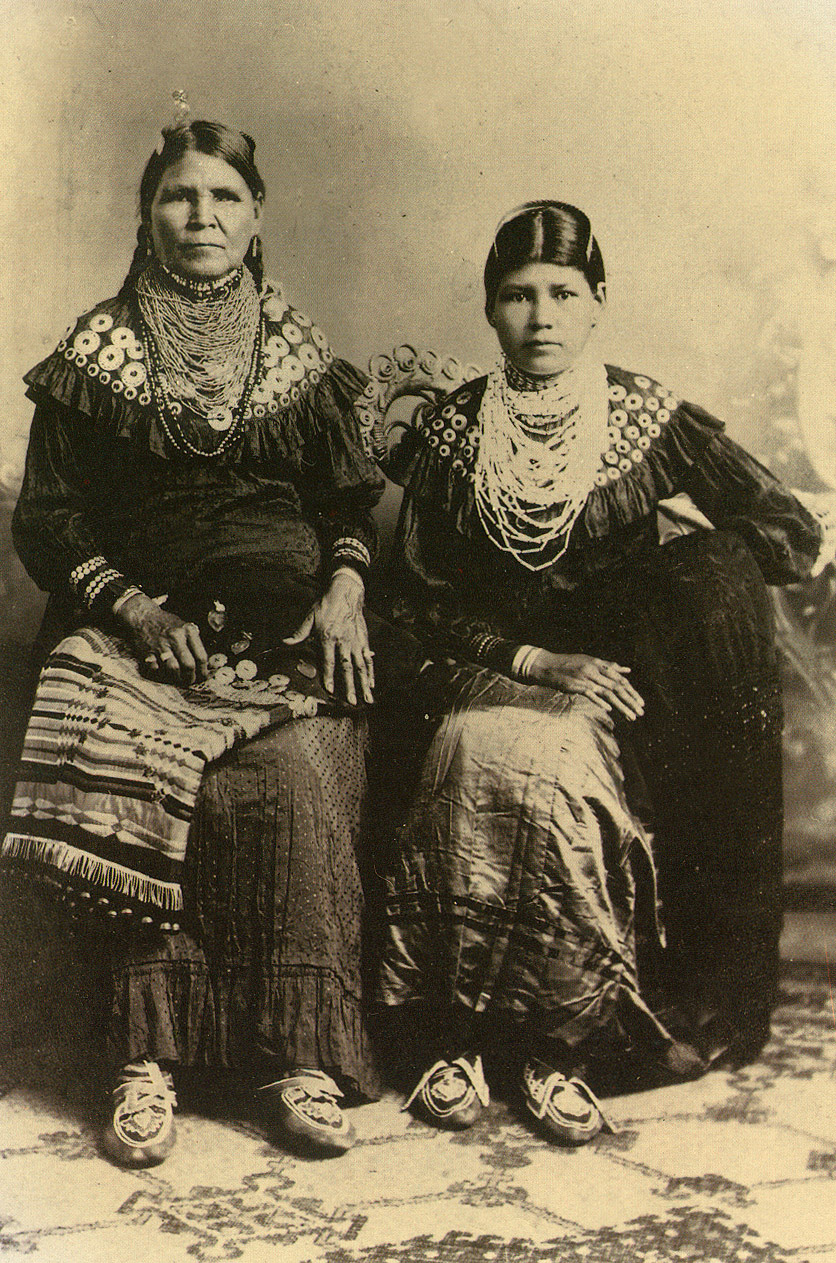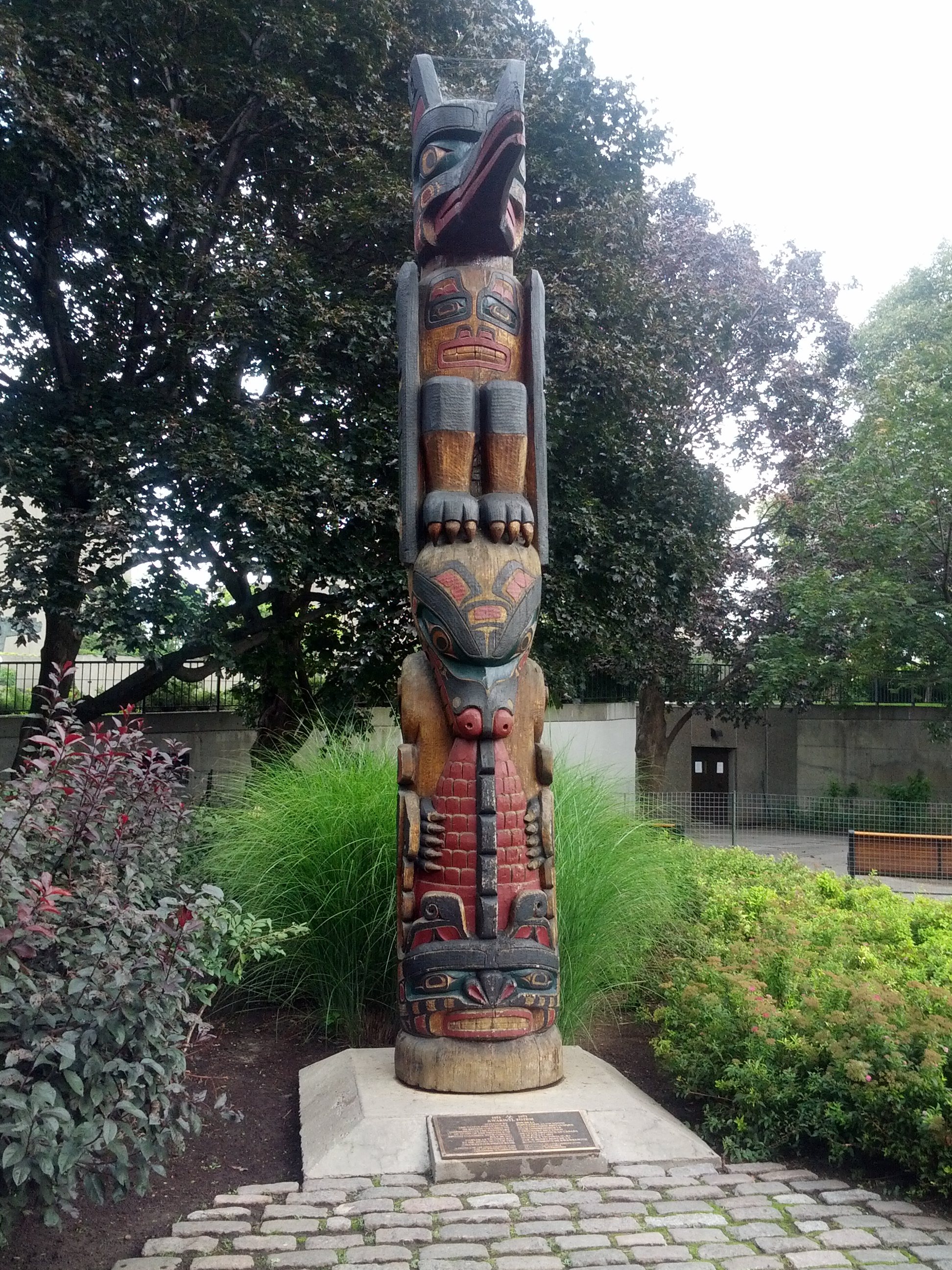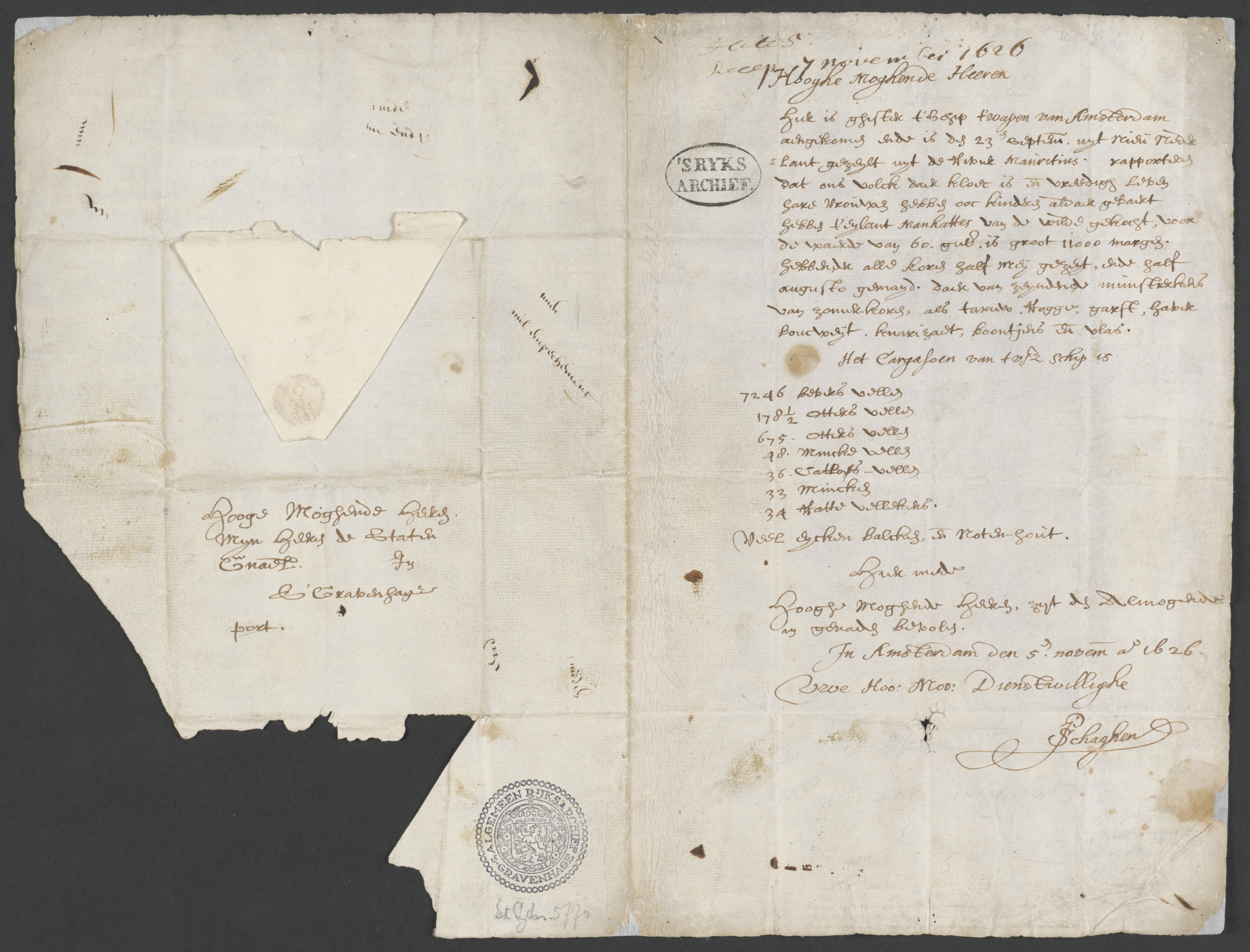|
Oratam
Oratam (or Oritani/Oratamin) was sagamore, or sachem, of the Hackensack Indians living in northeastern New Jersey during the period of early European colonization in the 17th century. Documentation shows that he lived an unusually long life (almost 90 years) and was quite influential among indigenous and immigrant populations. The Hackensacks were a sub-group of the Unami, or Turtle Clan, of the Lenni-Lenape, numbering close to a thousand. They occupied the territory called Ack-kinkas-hacky (various spellings include Achkinhenhcky, Achinigeu-hach, Ackingsah-sack). Essentially a sedentary, agricultural society, the Hackensacks set up seasonal campsites and practiced companion planting, hunting, trapping, fishing, and shell-fishing. They maintained a village near the Tantaqua ( Overpeck Creek), while their council fire was located at Gamoenpa ( Communipaw). Their territory roughly corresponds to the Upper New York Bay, Newark Bay, Bergen Neck, the Meadowlands, and the Palisade ... [...More Info...] [...Related Items...] OR: [Wikipedia] [Google] [Baidu] |
Achter Col
Achter Kol (or Achter Col) was the name given to the region around the Newark Bay and Hackensack River in northeastern New Jersey by the first European settlers to it and was part of the 17th century province of New Netherland, administered by the Dutch West India Company. At the time of their arrival, the area was inhabited by the Hackensack and Raritan groups of Lenape natives. Toponymy Placenaming by Dutch explorers and settlers during the era often referred to a location in reference to other places, its shape, its topography, and other geographic qualities. Newark Bay is connected to Upper New York Bay by the Kill Van Kull and to Raritan Bay by the Arthur Kill. The names of the channels represent the period of Dutch colonialization. The area around the bay and the rivers that feed it was termed Achter Kol. (achter meaning after or behind. and col meaning a ridge or mountain pass) which translates as ''behind or beyond the ridge'' and refers to Bergen Hill. The emer ... [...More Info...] [...Related Items...] OR: [Wikipedia] [Google] [Baidu] |
Hackensack Tribe
Hackensack was the exonym given by the Dutch colonists to a band of the Lenape, or ''Lenni-Lenape'' ("original men"), a Native American tribe. The name is a Dutch derivation of the Lenape word for what is now the region of northeastern New Jersey along the Hudson and Hackensack rivers. While the Lenape people occupied much of the mid-Atlantic area, Europeans referred to small groups of native people by the names associated with the places where they lived. Territory and society The territory of the Hackensack was variously called Ack-kinkas-hacky, Achkinhenhcky, Achinigeu-hach, Ackingsah-sack, among other spellings (translated as "place of stony ground" or "mouth of a river") and included the areas around the Upper New York Bay, Newark Bay, Bergen Neck, the Meadowlands, and the Palisades. A phratry of the Lenape, the Hackensack spoke the Unami dialect, one of the two major dialects of the Lenape, or Delaware, languages, which were part of the Algonquian language fam ... [...More Info...] [...Related Items...] OR: [Wikipedia] [Google] [Baidu] |
Bergen, New Netherland
Bergen was a part of the 17th century province of New Netherland, in the area in Gateway Region, northeastern New Jersey along the Hudson River, Hudson and Hackensack River, Hackensack Rivers that would become contemporary Hudson County, New Jersey, Hudson and Bergen County, New Jersey, Bergen Counties. Though it only officially existed as an independent municipality from 1661, with the founding of a village at Bergen Square, Bergen began as a Factory (trading post), factory at Communipaw circa 1615 and was first settled in 1630 as Pavonia, New Netherland, Pavonia. These early settlements were along the banks of the North River (Hudson River) across from New Amsterdam, under whose jurisdiction they fell. ''Halve Maen'' Explored to The Narrows by Giovanni da Verrazzano, sailing on a French expedition in 1524, the area was visited by Spanish and English seafarers during the next century. It was again visited in 1609 by the Englishman Henry Hudson, who had been commissioned by t ... [...More Info...] [...Related Items...] OR: [Wikipedia] [Google] [Baidu] |
Wyckoff, New Jersey
Wyckoff ( ) is an affluent township in Bergen County, in the U.S. state of New Jersey. As of the 2020 United States census, the township's population was 16,585, a decrease of 111 (−0.7%) from the 2010 census count of 16,696, which in turn reflected an increase of 188 (+1.1%) from the 16,508 counted in the 2000 census. As of the 2010 census, Wyckoff ranked 55th in highest-household income places in the United States with a population of at least 10,000 at $103,614. Statewide, Wyckoff ranked 41st among New Jersey locations by per capita income, with a per capita money income of $49,375 as of 1999, an increase of 49.1% from the $33,124 recorded in 1989. From the mid-18th century, what is now Wyckoff was a community within Franklin Township, formed on June 1, 1797, when Saddle River Township (now Saddle Brook) was split, which consisted of most of northern Bergen County west of the Saddle River. Starting in the 1840s, several new municipalities were created from portions ... [...More Info...] [...Related Items...] OR: [Wikipedia] [Google] [Baidu] |
Unami People
The Lenape (, , ; ), also called the Lenni Lenape and Delaware people, are an Indigenous people of the Northeastern Woodlands, who live in the United States and Canada. The Lenape's historical territory included present-day northeastern Delaware, all of New Jersey, the eastern Pennsylvania regions of the Lehigh Valley and Northeastern Pennsylvania, and New York Bay, western Long Island, and the lower Hudson Valley in New York state. Today communities are based in Oklahoma, Wisconsin, and Ontario. During the last decades of the 18th century, European settlers and the effects of the American Revolutionary War displaced most Lenape from their homelands and pushed them north and west. In the 1860s, under the Indian removal policy, the U.S. federal government relocated most Lenape remaining in the Eastern United States to the Indian Territory and surrounding regions. The largest Lenape communities are currently the Delaware Nation and Delaware Tribe of Indians in Oklahoma, ... [...More Info...] [...Related Items...] OR: [Wikipedia] [Google] [Baidu] |
Lenni-Lenape
The Lenape (, , ; ), also called the Lenni Lenape and Delaware people, are an Indigenous people of the Northeastern Woodlands, who live in the United States and Canada. The Lenape's historical territory included present-day northeastern Delaware, all of New Jersey, the eastern Pennsylvania regions of the Lehigh Valley and Northeastern Pennsylvania, and New York Bay, western Long Island, and the lower Hudson Valley in New York state. Today communities are based in Oklahoma, Wisconsin, and Ontario. During the last decades of the 18th century, European settlers and the effects of the American Revolutionary War displaced most Lenape from their homelands and pushed them north and west. In the 1860s, under the Indian removal policy, the U.S. federal government relocated most Lenape remaining in the Eastern United States to the Indian Territory and surrounding regions. The largest Lenape communities are currently the Delaware Nation and Delaware Tribe of Indians in Oklahoma, the S ... [...More Info...] [...Related Items...] OR: [Wikipedia] [Google] [Baidu] |
Pavonia, New Netherland
Pavonia was the first European settlement on the west bank of the North River (Hudson River) that was part of the seventeenth-century province of New Netherland in what would become the present Hudson County, New Jersey. Hudson and the Hackensack The first European to record exploration of the area was Robert Juet, first mate of Henry Hudson, an English sea captain commissioned by the Dutch East India Company. Their ship, the ''Halve Maen'' (''Half Moon''), ventured in the Kill van Kull and Newark Bay and anchored at Weehawken Cove during 1609, while exploring the Upper New York Bay and the Hudson Valley. By 1617 a '' factorij'', or trading post, was established at Communipaw. Initially, these posts were set up for fur trade with the indigenous population. At that time the area was inhabited by bands of Algonquian language speaking peoples, known collectively as Lenni Lenape and later called the Delawares. Early maps show it to be the territory of the Sangicans. Later, the ... [...More Info...] [...Related Items...] OR: [Wikipedia] [Google] [Baidu] |
Sara Kiersted
Sara may refer to: People * Sara (given name), a feminine given name People with the given name * Sara Aboobacker (1936–2023), Indian writer and translator * Sara Ahmed (born 1969), British-Australian writer * Sara Allgood (1880–1950), Irish-American actress * Sara Bareilles (born 1979), American musician * Sara Sun Beale (born 1949), American law professor * Sara Cox (born 1974), British broadcaster and author * Sara Davies (born 1984), British businesswoman, entrepreneur, and television personality * Sara Duterte (born 1978), 15th Vice-President of the Philippines * Sara Gadimova (1922–2005), Azerbaijani singer * Sara Ali Khan (born 1995), Indian actress * Sara Gilbert (born, 1975), American actress * Sara-Nicole Morales (1986–2021), American woman who was shot dead * Sara Elisabeth Moræa (1716–1806), Swedish founder of the Linnean Society of London * Sara Nuru (born 1989), German fashion model * Sara Agnes Rice Pryor (1830–1912), American novelist * Sara Qaed ... [...More Info...] [...Related Items...] OR: [Wikipedia] [Google] [Baidu] |
Dutch American
Dutch Americans () are Americans of Dutch and Flemish descent whose ancestors came from the Low Countries in the distant past, or from the Netherlands as from 1830 when the Flemish became independent from the United Kingdom of the Netherlands by creating the Kingdom of Belgium. Dutch settlement in the Americas started in 1613 with New Amsterdam, which was exchanged with the English for Suriname at the Treaty of Breda (1667) and renamed New York City. The English split the Dutch colony of New Netherland into two pieces and named them New York and New Jersey. Further waves of immigration occurred in the 19th and 20th centuries. According to the 2021 American Community Survey, an estimated 3.1 million Americans claim total or partial Dutch heritage, while 884,857 Americans claimed total Dutch heritage. In 2021, 113,634 Dutch Americans were foreign-born (of which 61.5% in Europe). The 2009-2013 survey estimated 141,580 people of 5 years and over to speak D ... [...More Info...] [...Related Items...] OR: [Wikipedia] [Google] [Baidu] |
Totem
A totem (from or ''doodem'') is a spirit being, sacred object, or symbol that serves as an emblem of a group of people, such as a family, clan, lineage (anthropology), lineage, or tribe, such as in the Anishinaabe clan system. While the word ''totem'' itself is an anglicisation of the Ojibwe term (and both the word and beliefs associated with it are part of the Ojibwe language and Ojibwe, culture), belief in Tutelary deity, tutelary spirits and deities is not limited to the Ojibwe people. Similar concepts, under differing names and with variations in beliefs and practices, may be found in a number of cultures worldwide. The term has also been adopted, and at times redefined, by anthropologists and philosophers of different cultures. Contemporary Neoshamanism, neoshamanic, New Age, and mythopoetic men's movements not otherwise involved in the practice of a traditional, tribal religion have been known to use "totem" terminology for the personal identification with a tutelary sp ... [...More Info...] [...Related Items...] OR: [Wikipedia] [Google] [Baidu] |
New Amsterdam
New Amsterdam (, ) was a 17th-century Dutch Empire, Dutch settlement established at the southern tip of Manhattan Island that served as the seat of the colonial government in New Netherland. The initial trading ''Factory (trading post), factory'' gave rise to the settlement around Fort Amsterdam. The fort was situated on the strategic southern tip of the island of Manhattan and was meant to defend the fur trade operations of the Dutch West India Company in the North River (Hudson River). In 1624, it became a provincial extension of the Dutch Republic and was designated as the capital of the province in 1625. New Amsterdam became a city when it received Town privileges, municipal rights on February 2, 1653. By 1655, the population of New Netherland had grown to 9000 Dutch people, with 1,500 living in New Amsterdam. By 1664, the population of New Netherland had risen to almost 9,000 people, 2,500 of whom lived in New Amsterdam, 1,000 lived near Fort Orange (New Netherland), F ... [...More Info...] [...Related Items...] OR: [Wikipedia] [Google] [Baidu] |
Vriessendael
Vriessendael was a patroonship on the west bank of the Hudson River in New Netherland, the seventeenth century North American colonial province of the Dutch Empire. The homestead or plantation was located on a tract of about about an hour's walk north of CommunipawRuttenber, E.M.,''Indian Tribes of Hudson's River'', (Hope Farm Press, 3rd ed, 2001) at today's Edgewater. It has also been known as Tappan, which referred to the wider region of the New Jersey Palisades, rising above the river on both sides of the New York/New Jersey state line, and to the indigenous people who lived there and were part of wider group known as Lenape (later called Delaware Indian). It was established in 1640 by David Pietersen de Vries (c. 1593-c.1655), a Dutch sea captain, explorer, and trader who had also established settlements at the Zwaanendael Colony and on Staten Island. The name can roughly be translated as De Vries' Valley. De Vries also owned flatlands along the Hackensack River, in the ... [...More Info...] [...Related Items...] OR: [Wikipedia] [Google] [Baidu] |









